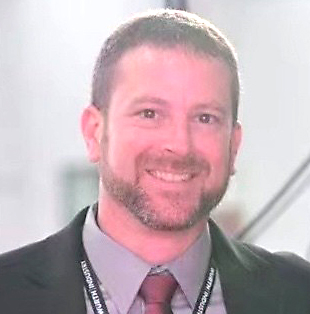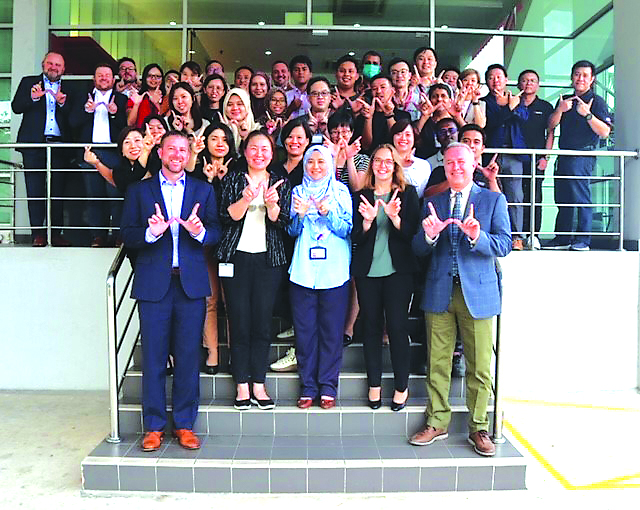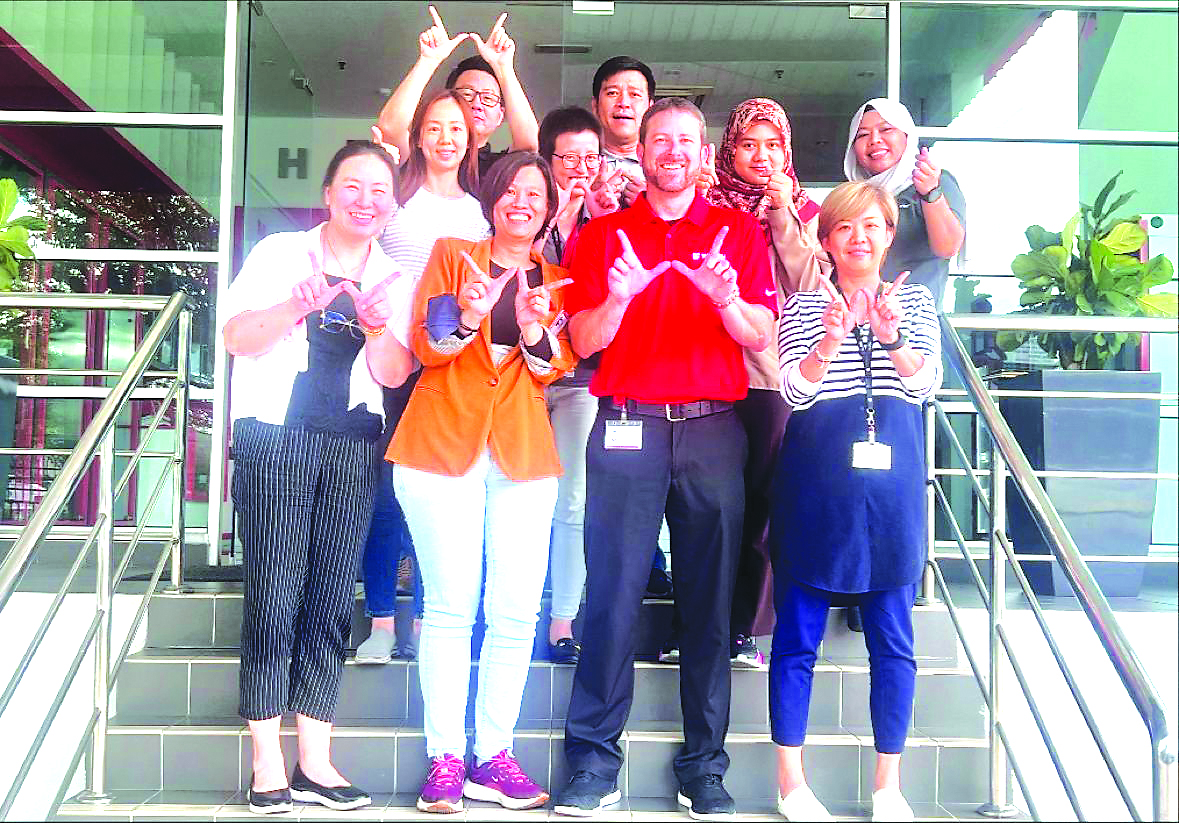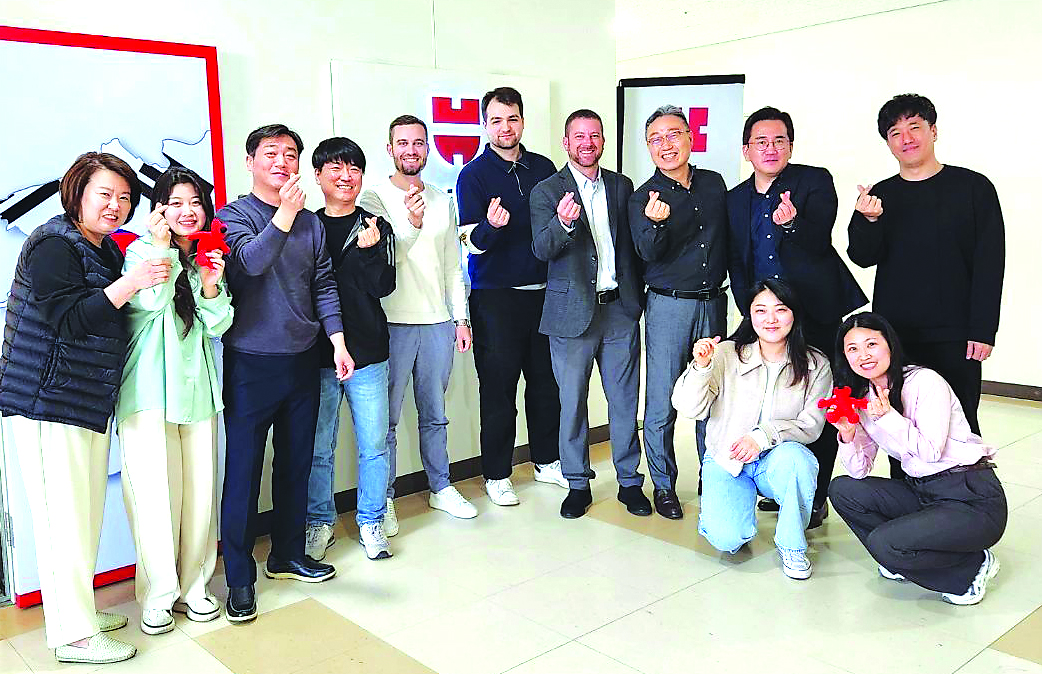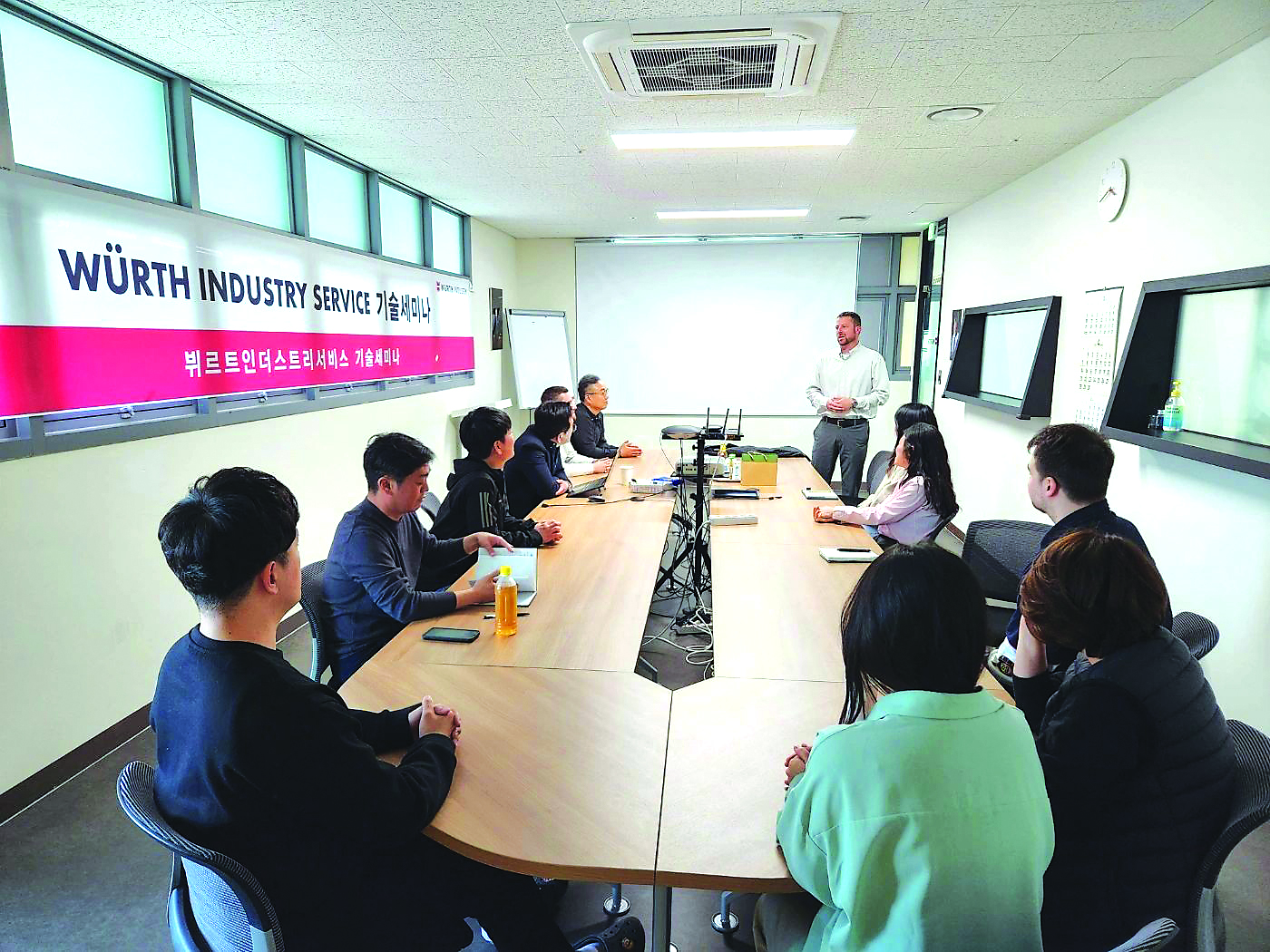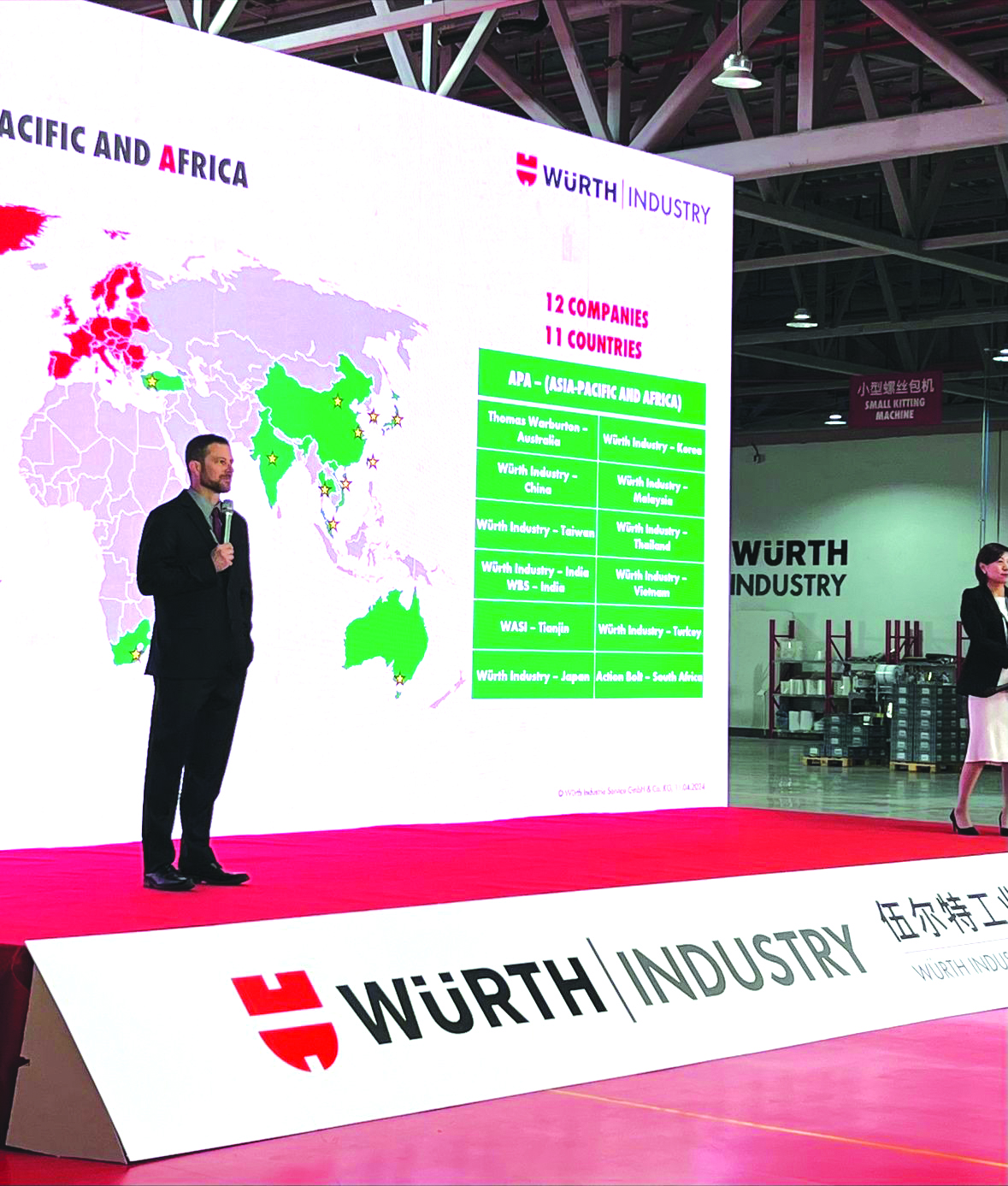TS: I have always been interested in how the fastener industry works in other countries. Over the years I have interviewed someone who ran a fastener distribution company in Ireland. I did an interview with a distributor in Puerto Rico. I have interviewed several suppliers and manufacturers from other countries. But when I saw your recent career move it caught my attention. I now had a guy I knew making a major move with a worldwide fastener distributor, Wurth, and he would be selling into both Africa and Asia! That was different.
So, what exactly is your new role with Wurth?
Dee Ward: I am the Senior Vice President for the Würth Group. I am responsible for the Würth Industry companies in Asia-Pacific & Africa. This comprises 12 companies in 11 countries. My region spans from South Africa, Turkey, India, and Northern China to Australia.
TS: Where is home? Where do you work out of?
Dee: I currently reside just outside of Orlando, Florida. We have called this home for over 9-years. This summer, I will relocate with my family to Kuala Lumpur, Malaysia, where I will be based out of our Würth Industry Services Malaysia office. This provides a central location within the region for me to travel quickly, work in local time zones, and be more hands-on with each of the business units.
TS: I have always been interested in how the fastener industry works in other countries. Is it similar to the U.S. distribution/supplier model?
Dee: Yes, it is similar to the U.S. distribution/supplier model. There are typically more local, country-specific distributors within the region who only focus on customers within their geographic area. This reduces import duties when they are not in free trade zone.
TS: Are the suppliers the same in other companies or do they have a fairly different supplier base? For instance, do many U.S. produced fasteners get sold in Africa?
Dee: There are instances when a U.S. supplier will distribute into other areas of the world. This is primarily driven by imperial dimension fasteners being readily available from a U.S. distributor versus needing to be manufactured. The required volume and MOQs from the manufacturers are often too large for many distributors, so they procure from the U.S. who already has stock. Another example would be secondary processes that are difficult to source in other parts of the world which are readily available and can be secured quickly in the U.S.
TS: Where do they get most of the product they use in Asia and Africa?
Dee: Manufactured parts from Asia are still the dominant source for all areas of the world. However, each country has local manufacturers who are often able to meet customer requirements and lead times.
TS: In addition to wracking up miles on major airlines, how are you dealing with the travel that you must be doing? It’s not like you’re covering a multi-state region or something. You must be a long distance from all of your business locations.
Dee: The past several months have been a whirlwind. But it has been a good whirlwind! My goal was to visit all of the companies that I oversee prior to our move to Kuala Lumpur. I will have completed this goal before our move in June. It has been an incredible experience so far. I am extremely grateful for this amazing opportunity, and I look forward to working closely with our company leaders to continue to drive our business forward within the region.
TS: What is the most interesting difference when dealing in the fastener industry in Africa?
Dee: South Africans face many hardships which are primarily driven by political unrest. In addition, water and electricity shortages are common within the country. However, our company in South Africa continues to show incredible success amidst these hardships. There is an overwhelming positivity with South Africans which is contagious. They are able to recognize the challenges, understand that business must continue, and they remain highly optimistic about the future. It is truly inspiring.
TS: How about selling into Asia. In the U.S. we import so much product from Asia but it interests me to hear from your perspective how it is to sell into Asia. What are some of the biggest differences that you see?
Dee: There is not a major difference than what it looks like here in the U.S. Obviously, reduced lead times due to proximity is advantageous. However, MOQs from the manufacturers and production lead times remain equal across the globe. Quality and engineering is of utmost importance to OEMs in most of Asia. This is why Würth invested in building the Central Distribution Center (CDC) in Haiyan, China. Our quality lab is state-of-the-art and houses a wide array of equipment for use across the globe. In addition, the CDC boasts many automated logistics functions which allow us to house and supply large volumes of inventory quickly to our customers.
TS: How does your family feel about relocating to Kuala Lumpur?
Dee: Laura and I have three teenage sons. My oldest is 19-years old and will remain in the U.S. to attend Firefighting Academy in Florida. My middle son is 17-years old and will finish his senior year of high school in Kuala Lumpur. My youngest son is 14-years old and will begin his high school journey in the fall. Everyone is excited for this incredible opportunity and grand adventure! Our family lived in Brazil from 2010-2013, so my wife and I were able to quickly recognize that Malaysia would be a good fit for us. Our sons are excited to attend school, experience the Malaysian culture, and explore all that Kuala Lumpur has to offer an expat family. In addition, my wife is also thrilled and has been overwhelmingly supportive during my recent extended travels back and forth to Asia until our upcoming move. This opportunity will continue to shape who we are as a family in addition to who I am as a leader for the Würth Group.

